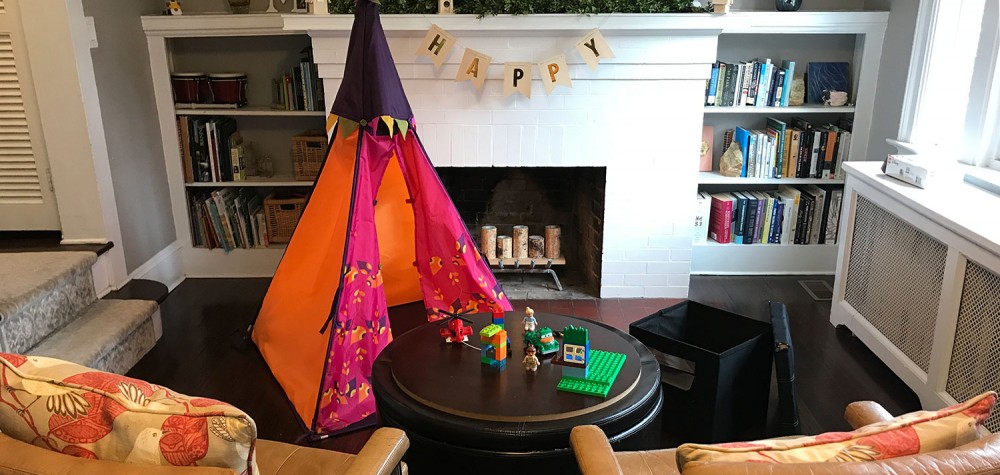When Coronavirus Pivots Education Plans: How To Set Up A Homeschooling Space Anywhere
April 7th, 2020
By Amanda Lauren, Contributor.
How To Set Up A Homeschool
Architects Marissa Mead and Julia McFadden, of Svigals+Partners, specialize in designing education spaces for residences, nonprofits, colleges, and K-12 schools for challenged communities, including Sandy Hook School and the Columbus Family Academy. Their acclaimed firm has been named among the country’s most innovative.
Their goal is to create environments that help boost focus, minimize stress and nurturing learning. But the problem is that there isn’t a one-size-fits-all approach. “This is different for children of varying ages and needs. In general, you should try to create three kinds of areas, which can be near each other or spread out,” they say.
One area is for focused academic work like studying and tutoring. This might be more formal such as a standard desk or at a kitchen table.
The second space is a comfy reading nook, with pillows piled up. “This can literally be a corner of any room of the house, or make for a nice ‘study fort’ with a small lamp, or the top bunk of bunkbeds,” they say.
Kids can also help decorate their fort by choosing accessories such as beanbag chairs. Add soft fun elements like an Eric Carle Alphabet Zoo Educational Blue Area Rug from Wayfair for young children or a plush sheepskin rug for older kids. These furnishings will also be useful for studying and homework when the kids are eventually back in school.
There should also be a space to sprawl out, for crafts and other school projects. “The dining table is an obvious spot for sprawling, but some projects might want to stay out for a few days, so taking over the dining table might not work if you are coming together for meals. Perhaps set up a folding table in another room.”
Parents can also schedule various parts of the day in different spaces. “Students don’t necessarily need specialized furnishings,” the architects explain. “We can use tables, chairs, and various home settings to create opportunities for a child or for multiple children, such as a portion of the day sitting around the kitchen table to work together.”
Work areas should not always be relegated to bedrooms or the basement— parents can set up space in the living room, dining room or even outside. “As the weather gets nicer, think about how to get outdoors. Again you can set up a study table on a deck or patio or even just the backyard,” says McFadden.
How To Feng Shui A Homeschool Classroom
It can also be helpful for parents to apply feng shui principals to their homeschooling classrooms. The easiest one is de-cluttering, which can potentially give us the illusion of control, during a time when we have little control over anything. McFadden suggests scheduling a daily time to de-clutter. “Decluttering could be incorporated into the morning routine—after a little group yoga or dance moves to get the blood pumping and upward energy. Then everyone tackles one room to put away extraneous items as much as you can.”
She also emphasizes the importance of designating different zones for calming and stimulating activities. “One principle is to create a living environment that is calming, and to contrast areas of colorful stimulus and variety against places where you can be centered and focused.”
Read the full Forbes article here.








